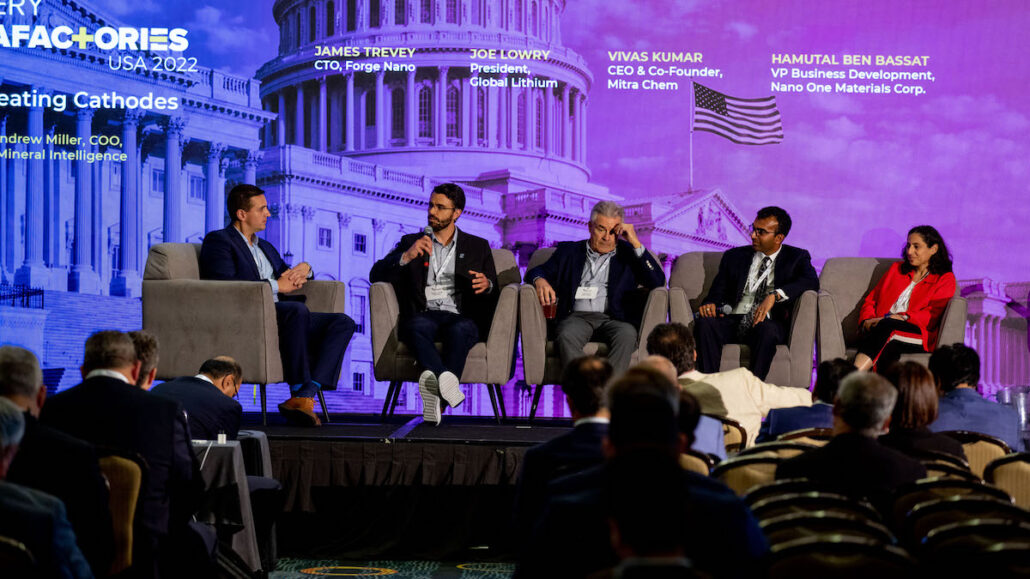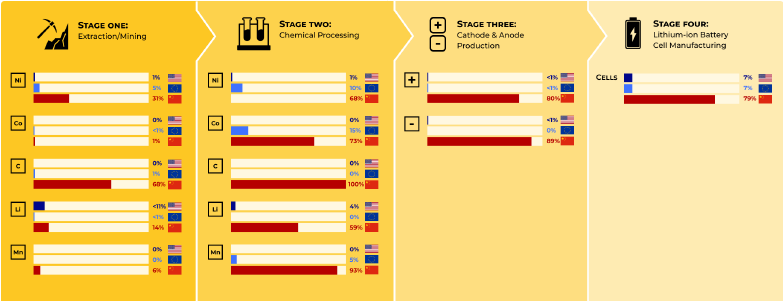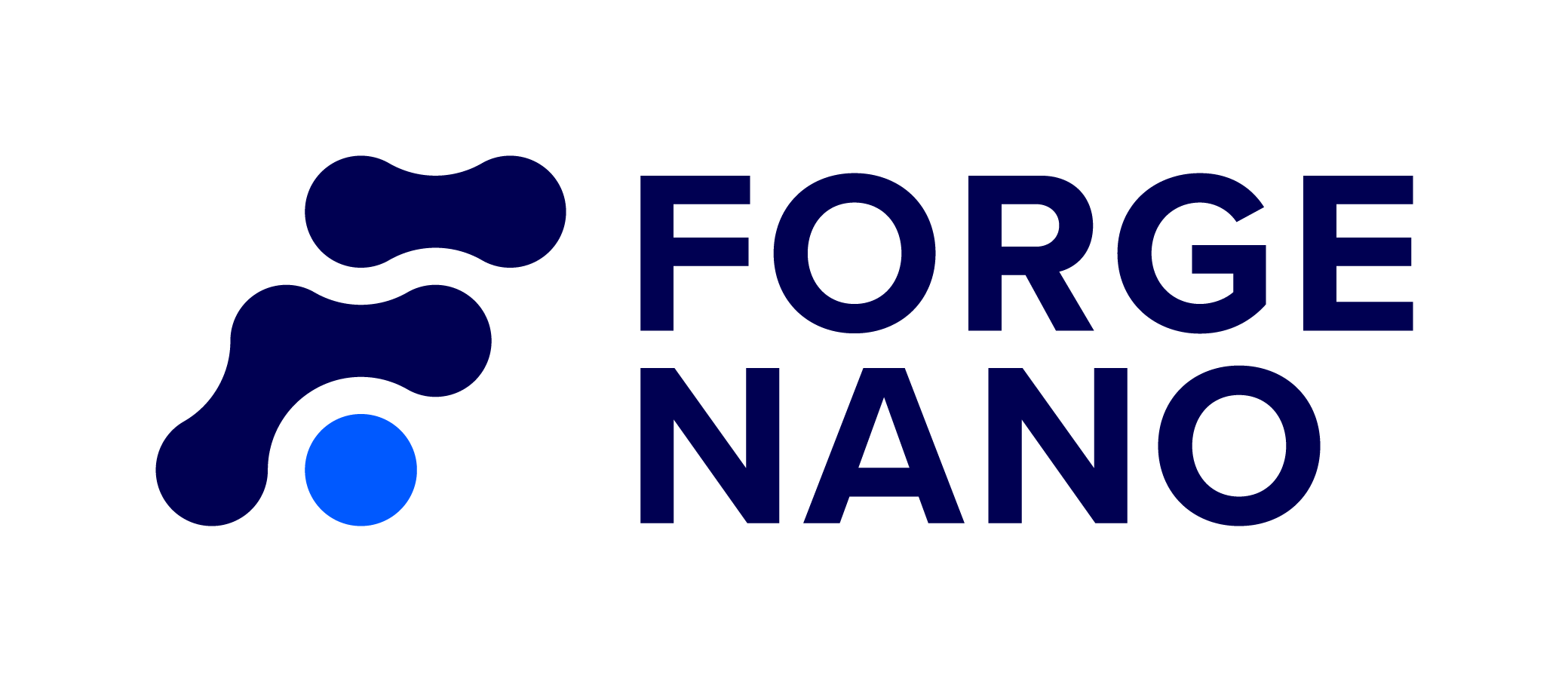By Dr. James Trevey, CTO Forge Nano
This past June I had the honor of attending and sitting on a panel at the Battery Gigafactories USA 2022 conference. First off, kudos to the Benchmark Intelligence folks for pulling together such a solid line-up of speakers, an outstanding crowd, and delivering on an excellent agenda full of meaningful discussion and content. It was during the delivery of this content that I realized a significant disconnect in mentality between the various segments of the Lithium-ion Battery (LIB) world worth bringing to light.

We all agree the U.S. should be a leader in the LIB market, but what does “leadership” mean?
Does “leadership” mean by volume? Does it mean by highest performing and safest batteries, or lowest cost, or exemplary ESG compliance, or circularity/recyclability, or something else?
Market intelligence folks would have you believe that “to lead” the LIB market, the US should be aiming to become the largest LIB producer in the world by volume. That, in my opinion, is not the right message, and when I brought it up at a recent roundtable discussion among industry experts to define “leadership” as it pertains to the US target position in the LIB market, I could not get a solid answer.
The problem is not volume, it’s China’s monopoly
China is very obviously dominating the battery space and all the data proves it, as shown in the plot presented by Simon Moores at the conference. But the way some of this data is being presented is providing consumers with an incorrect perception for the problems that need to be solved. It is not bad that China has been able to build a LIB economy; in fact, any appreciable reduction in pollution anywhere is a global win in my book.

China has done a great job for themselves – not to condone their methods – by ramping up production and becoming a forcing function for the rest of the world. The problem is not that they are producing at huge scale; rather the problem right now is that China has achieved a near-monopoly on LIB supply chain and production. That makes the US, and most of the rest of the world, uncomfortable because China can be unpredictable.
Let’s focus on the right goals
Rather than attempting to become the highest volume producer of LIBs in the world in a race-to-the-bottom by volume against a nation which is itself the largest supplier and consumer of LIBs, I say we capitalize on the US innovation and focus our efforts on leading the industry by “working smarter, not harder.” To me, that means that before we worry about any sort of exporting, we need to establish self-sufficiency and a circular economy for LIBs, or in other words, a diversified supply chain with sustainable recycling.
In accomplishing these goals, we would reduce our dependence on China and therefore mitigate our discomfort with their size or market position, because we can take care of ourselves with the help of trusted allies. It is important to note that the reason companies are building in the US is because the economics of shipping batteries is terrible, so co-location is key to being competitive. I’ve spoken with Automotive OEMs who have confirmed there is really no plan to export EVs, and with good reason – it is expensive and difficult to get these materials in our borders so why would we let them out? Not to mention exporting prior to self-sustainment will undermine recycling.
(Read Dr. Trevey’s article The American Graphite (R)evolution)
Let’s stop trying to paint the picture that volume is the only measure of leadership. Metrics for success over the next 10 years should revolve around % USMCA or ally sourced, % made in US, and % recycled, and incentives should be applied appropriately with increasing overall % long term. Let’s make it a race for economic sustainability, safety, circularity, and speed of new technology integration with a focus on building value instead of just volume.
While we are building ‘value’ maybe we also try to improve our methods of reporting, such as relativizing demand/production data by population (China has 5x the population of the US, which for example, would indicate their cell production capability in the above plot is only 2x the US instead of 11X) to keep demand in perspective, or focusing on production methods which can readily adopt new manufacturing/technology improvements, or doubling down on recycling efforts to make sure we can lead in sustainability. My optimistic vision for the future is for the US to achieve the capability to fulfill its own demand with domestically-made cells without government assistance, producing batteries with the highest performance and safety standards year-over-year, having a robust supply chain with no dependence on aggressive nations, and ready ability to produce under surge conditions.
This entry is not intended to be all-encompassing, but to provoke thought so that the US can set appropriate goals for itself. I am interested in hearing how others would define “Leadership” of the US when it comes to LIBs? I welcome your thoughts, please fill out the form below to let us know!
Interested in other articles by James Trevey?
Read Dr. Trevey’s article The American Graphite (R)evolution
